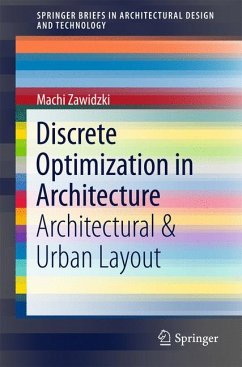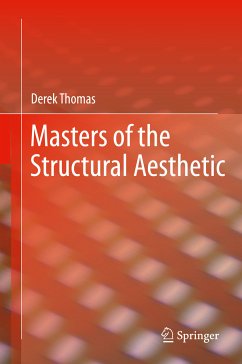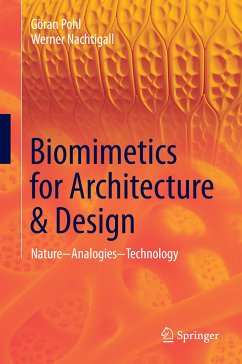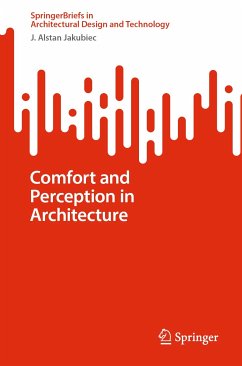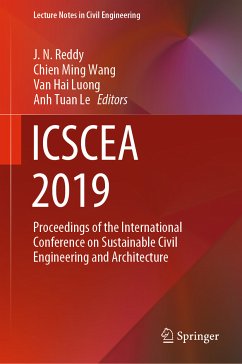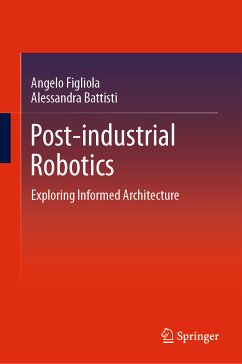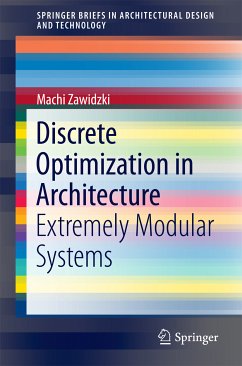
Discrete Optimization in Architecture (eBook, PDF)
Extremely Modular Systems
Versandkostenfrei!
Sofort per Download lieferbar
40,95 €
inkl. MwSt.
Weitere Ausgaben:

PAYBACK Punkte
20 °P sammeln!
This book is comprised of two parts, both of which explore modular systems: Pipe-Z (PZ) and Truss-Z (TZ), respectively. It presents several methods of creating PZ and TZ structures subjected to discrete optimization. The algorithms presented employ graph-theoretic and heuristic methods. The underlying idea of both systems is to create free-form structures using the minimal number of types of modular elements. PZ is more conceptual, as it forms single-branch mathematical knots with a single type of module. Conversely, TZ is a skeletal system for creating free-form pedestrian ramps and ramp netw...
This book is comprised of two parts, both of which explore modular systems: Pipe-Z (PZ) and Truss-Z (TZ), respectively. It presents several methods of creating PZ and TZ structures subjected to discrete optimization. The algorithms presented employ graph-theoretic and heuristic methods. The underlying idea of both systems is to create free-form structures using the minimal number of types of modular elements. PZ is more conceptual, as it forms single-branch mathematical knots with a single type of module. Conversely, TZ is a skeletal system for creating free-form pedestrian ramps and ramp networks among any number of terminals in space. In physical space, TZ uses two types of modules that are mirror reflections of each other. The optimization criteria discussed include: the minimal number of units, maximal adherence to the given guide paths, etc.
Dieser Download kann aus rechtlichen Gründen nur mit Rechnungsadresse in A, B, BG, CY, CZ, D, DK, EW, E, FIN, F, GR, HR, H, IRL, I, LT, L, LR, M, NL, PL, P, R, S, SLO, SK ausgeliefert werden.




